Rhinoplasty
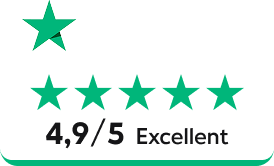

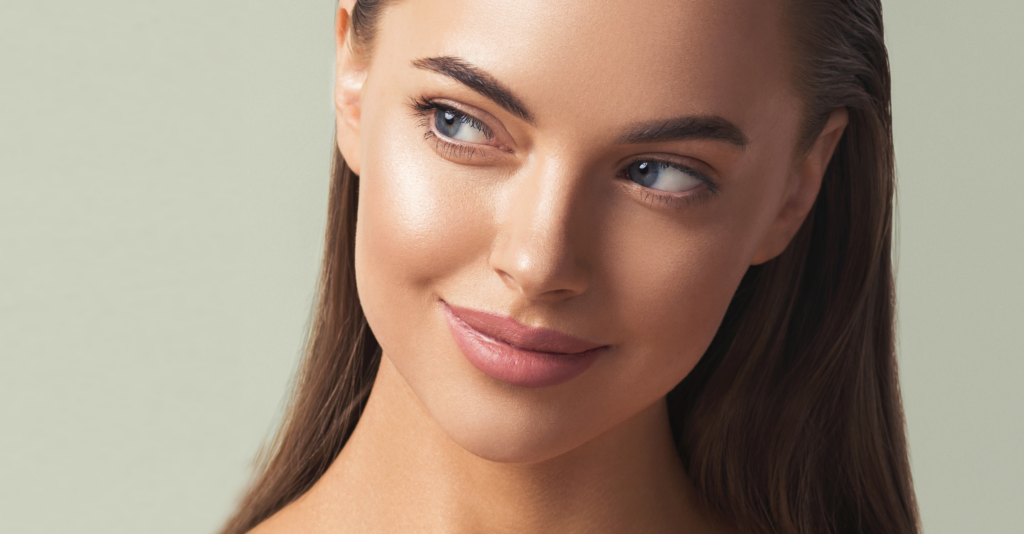

Save up to 70% on
your Rhinoplasty
Best Surgeons,
World Class facilities
Over 98% Patient Satisfaction
with Body Expert


Save up to 70%
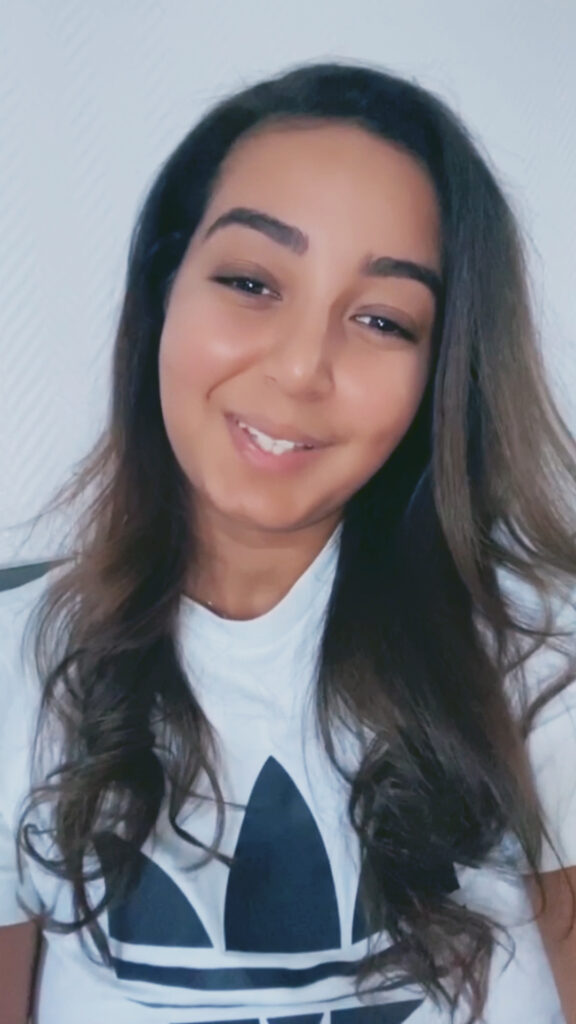
rhinoplasty
in Turkey
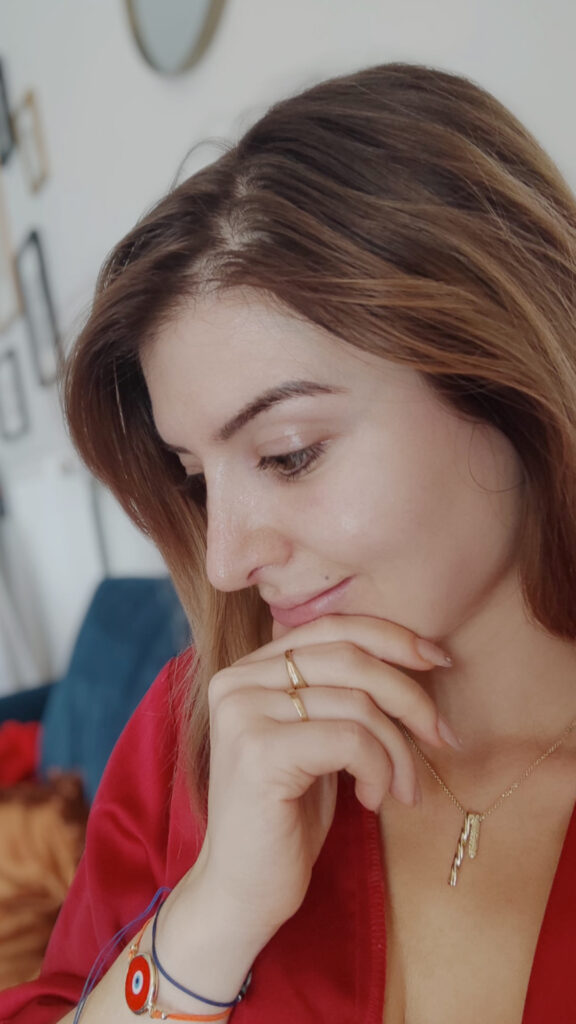
rhinoplasty
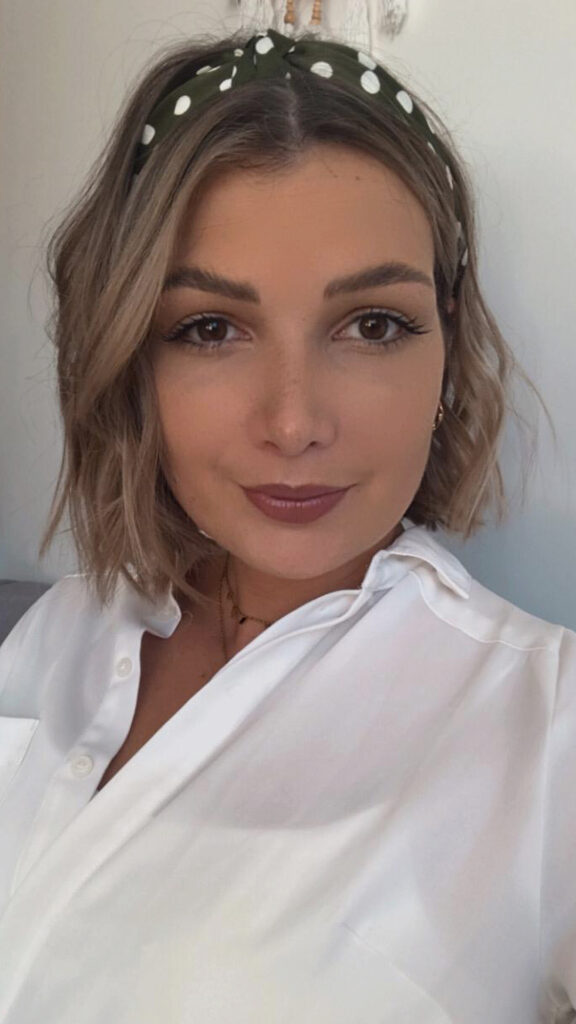
rhinoplasty
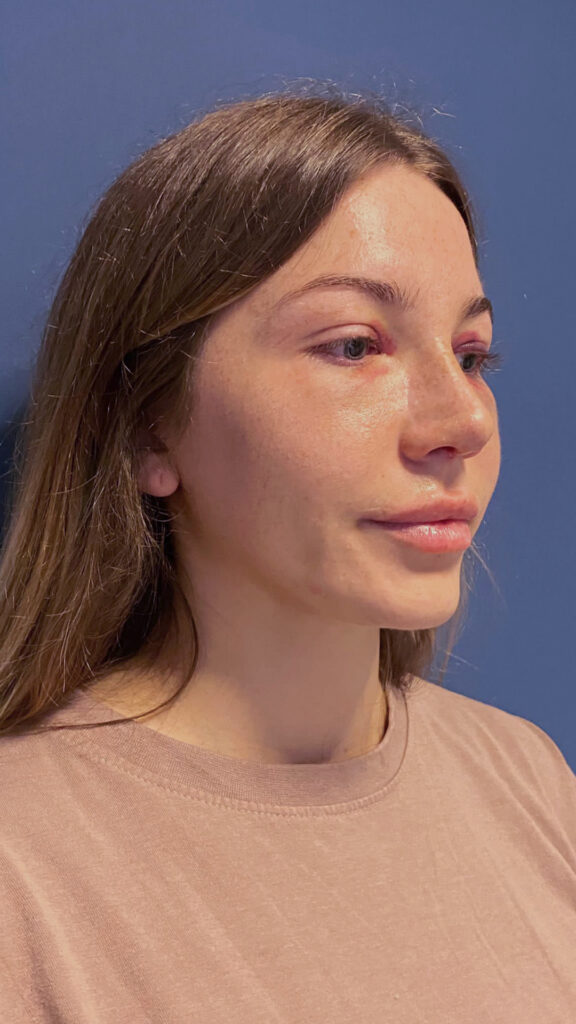
rhinoplasty
in Turkey
70% Cheaper Than the UK, the US, Canada and Ireland
Turkey’s Best Rhinoplasty Surgeons
English-Speaking Care & Thorough Post-Op Follow-Up
Ranked #1 in Turkey’s Medical Tourism

In Istanbul, everyone has a friend with a new nose. Two of my wife’s cousins had inherited their father’s prominent appendix. It is true that after the operation, both of them were transformed, in a good way. Another friend of mine, a beautiful girl, had a small, slightly hooked nose, that made her charm and character. She opted for an ordinary surgical nose, straight and pointy. She was still pretty, but her face had lost the sparkle that gave her little aquiline nose… Which of course, she did not agree with. The important thing, in the end, was to correct the complex she had about her nose.
Which brings us to the point : when you are face to face with yourself, what do you dislike about your nose ? And above all, why, and how, do you want to change it ? More than other parts of the body, such an aesthetic operation involves important psychological consequences. The change is irreversible, and you will have to accept your new face : a personal identification process far from easy… Having a nose job must therefore be a carefully considered decision. Specialist surgeons will not perform such an operation to patients under 18 years of age. Not only must the nose bone growth be completed, but the patient’s emotional stability must also be acquired. On the other hand, there is no age limit for a nose job. Hence the popularity of facelift surgery for women over 50.
But rhinoplasty is not only an operation aimed at changing the shape or size of the nose for aesthetic reasons. It can also be necessary for medical reasons. Functional rhinoplasty, also called septoplasty or septo-rhinoplasty, treats an obstruction of the nasal organ, and all the respiratory symptoms associated with it. Functional rhinoplasty is generally covered by national healthcare systems. In this case, the aesthetic improvement of the nose is not the main goal, but the operation can still lead to a change in the patient’s nose morphology (reduce a bump or straighten the nasal bridge). Also possible, medical rhinoplasty consists in modifying the shape of the nose by injections, most often of hyaluronic acid. However, this technique must be renewed after 12 to 18 months.
The preliminary interview with your surgeon is of crucial importance to determine the rhinoplasty best suited to your case. With Body Expert in Istanbul, there are no communication problems : you will be assisted at all times by a simultaneous translator who speaks perfectly your native language. After analyzing the characteristics of your olfactory appendage, from the structure of the cartilage to the shape of the nostrils, face pictures from all sides will be taken, in order to create 3D computer simulations that will help you choose your new nose. Once the choice is made, the operation will be conducted under general anesthesia. It can last between 1 and 3 hours, depending on the complexity of the intervention. The bruises, consequent from the deconstruction and reconstruction of the nose, will persist for another week. So if your rhinoplasty is performed in Istanbul, staying until the removal of the plaster by your surgeon, approximately one week after the operation, is recommended. With their new nose unveiled, patients experience a true rebirth.
Rhinoplasty, or nose surgery, is a surgical procedure that changes the shape or size of the nose, for aesthetic or functional reasons, to correct a congenital deformity, to erase an injury or to solve respiratory problems. It can change the line or thickness of the cartilage of the nasal appendage, retouch the nostrils or the angle between the nose and the upper lip. Rhinoplasty should not be confused with septoplasty, which corrects a deviation of the nasal septum. When both operations are performed during the same surgical procedure, it is called rhinoseptoplasty. Also called functional rhinoplasty, this operation can treat nasal obstruction and all the symptoms associated with it, such as chronic rhinopharyngitis. In this case, the aesthetic improvement of the nose is not the main goal, but the intervention can still lead to a change in the morphology of the patient’s nose (reduction of a hump or straightening of the nasal bridge). Only functional rhinoplasty is usually covered by national Healthcare systems.
A rhinoplasty leaves almost no scar. Thanks to technological progress, the incisions are reduced and invisible to the naked eye. When the operation is well performed, touch-ups are unnecessary and satisfaction rates are very high. Hence the importance of choosing a rhinoplasty surgeon who is highly experienced and who carefully listens to his patient’s will.
In Turkey, where nose surgery is a common procedure, especially for women, expert rhinoplasty surgeons have gained a worldwide reputation. Many patients from Europe, Africa and the Middle East choose Istanbul for their nose corrections, attracted by the experience and quality of service of the expert plastic surgery clinics, but also by the prices, between 60 and 80% lower than in western Europe.
Rhinoplasty is not only an operation to change the shape or size of the nose for aesthetic reasons. It can also be necessary for medical reasons. Functional rhinoplasty, also called septoplasty or septo-rhinoplasty, treats an obstruction of the organ, and all the respiratory symptoms associated with it. Functional rhinoplasty is usually covered by national healthcare systems. In this case, the aesthetic improvement of the nose is not the main goal, but the procedure can still result in a change in the patient’s morphology (reducing a bump or straightening the nasal bridge).
Structural rhinoplasty consists of modifying and/or strengthening the cartilage and bone architecture of the nose. Intervening on the bony cartilage of the nasal organ, it allows to rebalance and harmonize its shape and thickness, by acting on the positioning and the evolution of the constituent elements of the nose. Rhinoplasty is often combined with surgery to correct the deviation of the septum (twisted cartilage obstructing the nose), as well as modifying the chin with the introduction of implants. But for a reduction in the size of the nose, a complete surgical rhinoplasty is necessary. If you only want to touch the tip of your nose, you can choose for a tip plastic surgery. On very thick skins, the surgeon sharpens the shape of the tip, while preserving the aesthetic result for life.
When a certain kind of rhinoplasty requires it, a piece of cartilage is removed from a place where its role is not important and does not cause noticeable aesthetic consequences, and grafted onto the nose. Cartilage grafts are taken either from the nasal septum (most often), from some of the ear cartilage (the scar is invisible), or even from some of the ribs of the rib cage (with a scar hidden in the groove under the breasts, or located on the chest). Grafting may be necessary to maintain the existing nasal structures, to reinforce them or to avoid further deformities (inlay grafts). They can be grafted onto the nose, under the skin, to modify a shape, increase a volume, or hide a defect (onlay grafts). Onlay grafts are not recommended if the patient’s skin is too thin. However, when the skin is thick, only these grafts can successfully sharpen the nose and avoid the risks related to thick skin.
Open rhinoplasty means opening the central structures of the nose, performed thanks to a small scar of a few millimeters located between the two nostril openings, which fades after a few weeks. It allows the visualization of the whole morphology of the nose, and not only the central part, making it easier to reshape all the nasal structures. Extensive open rhinoplasty is now used in most cases.
Medical rhinoplasty is a benign aesthetic procedure, without surgery or anesthesia. It consists of modifying the shape of the nose by injections, most often of hyaluronic acid, sometimes with a supplement of Botox. The procedure takes about 30 minutes. It can help rebalance the volume of the nose, raise the tip, reduce a bump, correct imperfections or defects due to a previous rhinoplasty uncorrectly performed. However, this technique must be renewed after 18 months.
The operation requires a local or general anesthesia, sometimes involving an overnight stay at the clinic. The procedure, performed by a specialized surgeon, lasts between 1 and 2 hours, sometimes more depending on the complexity of the operation. The procedure depends on the purpose of the operation. If the goal is to make the nose smaller, the surgeon will remove part of the cartilage and bone. In this case, an incision is made inside the nostrils. On the contrary, if the goal is to increase the size of the olfactory appendage, a cartilage graft will reshape the nose. Some cases require breaking down the bony cartilage and then rearranging it to the desired shape. In these cases, the incision will be made from the outside, around the base of the nose. It is also possible to make small incisions on the side of the nose in order to change the nasal base (including the nostrils).
A bandage is placed at the end of the operation. It will be removed by the same surgeon. A metal or plastic splint may sometimes be placed on the outside of the nose to help maintain the new shape of the bone after surgery. Soft plastic splints can also be temporarily inserted into the nostrils to fix the septum and help the patient breathing. After the operation, bandages and plasters are removed during the first week, and facial swelling and breathing difficulties disappear after two weeks. But it requires 3 to 12 months of patience to discover the definite shape of the new nose.
Medical diagnosis distinguises thin skin, thick skin and mixed skin, which represent the intermediate cases. Young skin is rather elastic and adapts well to the changes in shape resulting from rhinoplasty. The older you get, the thinner and less flexible the skin becomes, adapting less easily to nose surgery, sometimes leaving excess or folds that are difficult to work on. These phenomena are even more noticeable when the skin has been exposed to a lot of sun, or in case of heavy smoking.
After the age of 45, bones are more brittle, cartilage is harder, and these structural changes can easily lead to irregularities. Gentle medical technologies such as ultrasonic instruments can reduce these types of problems, but not eliminate them completely. Rhinoplasty will then try to limit the reduction of the osteocartilaginous structures, without creating excess skin forming visible folds.
Nose reshaping without surgery is possible by injecting filing products, with a duration of effectiveness of 12 to 18 months : this procedure is called a medical rhinoplasty.
In cosmetic surgery, rhinoplasty is now a common operation, especially for women, but it is far from being trivial. It is a surgical procedure performed under general anesthesia, which requires several weeks of convalescence, and which transforms your face for life. At the center of the face, the nose determines the character, as well as the beauty -or disgrace- of a female or male figure. It is therefore essential to ask yourself: when you find yourself face to face with yourself, what do you not like about your nose ? Why do you want to change it ? Finally, how do you imagine your new nose ? More than other parts of the body, such an aesthetic operation implies important psychological consequences. The change is irreversible, and you will have to accept your new face : a phenomenon of identification far from being harmless…
Rhinoplasty must therefore be a well-considered decision, and specialists advise against it for people under 18 years old. Not only must bone growth be completed, but the patient’s emotional stability must also be acquired. On the other hand, there is no age limit for a nose surgery. Hence the popularity of facelift surgery for women over 50.
The operation takes between 1 and 3 hours, depending on the type of rhinoplasty and the importance of the changes to be made. It is performed under general anesthesia, so the patient must usually stay one day and one night in the clinic.
Put your confidence on a reputable and experienced plastic surgeon who will listen to you and provide all the answers to your questions and wishes, and using 3D digital technology to visualize the future results of the procedure. In any case, the preliminary interview with your surgeon is of crucial importance to determine the rhinoplasty best suited to your case. With Body Expert in Istanbul, there are no communication problems: you will be assisted at all times by a simultaneous translator who speaks your language perfectly.
During a first interview with your surgeon, you will establish together a medical project, including the search for respiratory problems (deviated septum, hypertrophy of the turbinates, dysfunction of the nasal valves…) and making pictures of your face from all angles, allowing 3D computer simulations for helping you choose the perfect shape for your nose. The surgeon will then prescribe the best suited type of rhinoplasty for his patient. Depending on the structure of the bone and cartilage of your nose, the shape of your face, the thickness of your skin, your age and your expectations, the best solution for your specific case will be proposed.
After the first medical visit, and a necessary time for the patient to think about his project, a second meeting will consist of planning the operation, to determine the type of surgery and anesthesia needed, and to present the surgical techniques, the possible medical risks and the total price. A ban on certain foods, alcohol and tobacco will be observed prior to the operation.
The duration of the operation varies, depending on its complexity, between 1 and 3 hours. It usually requires a one-day and one-night hospital stay, with admission on the morning of the operation on an empty stomach, and will be performed under general anesthesia. Certain medications will be prohibited 10 days before the operation (aspirin, anti-inflammatories, anti-coagulants, etc.). A bandage, a plaster cast, and sometimes a plastic or metal splint will be placed at the end of the operation.
After the operation, the dressing is removed by your surgeon after the third day, if all goes well. The stitches are also removed after 5 days, and the cast or splints are removed about 1 week after the operation. The effects of fatigue following the general anesthesia will persist for another 10 days, as well as nosebleeds, sometimes requiring the retention of wicks in the nostrils. A well performed rhinoplasty does not leave visible scars.
The surgery usually produces swelling around the nose, which is impressive at first but disappears after two weeks. A persistent swelling of the skin around the new nose will remain for several more months before your new face takes on its full shape. The longest time to take its final shape is the tip of the nose, for which it is necessary to wait up to one year. Violent physical efforts should be avoided for 3 to 6 months after the operation, as well as the wearing of glasses and exposure to the sun.
During the first year, you will be in contact with your surgeon, to whom you will send regular photos to follow the evolution of your nose. At least you will have an excuse to take selfies…
In Turkey, especially in Istanbul, having a nose job is a common operation, for which Turkish aesthetic surgeons have accumulated a great deal of experience, and are now considered among the best in the world. With prices up to 80% lower than in France, travelling to the shores of the Bosphorus for medical and aesthetic tourism becomes obvious. Prices in Tunisia, Brazil or Thaïland are very competitive, with rates generally including the hotel stay, but the clinics and surgeons have not acquired the quality of service, experience and international reputation of turkish aesthetic clinics. Beyond the price, it is crucial to choose a surgeon who is very attentive to your expectations, experienced and working in a clinic with the most advanced equipment and technology. In Istanbul, Turkey, the quality/price ratio is unbeatable, with Body Expert working with the best clinics and the most renowned surgeons for an perfect result.
Since no surgeon can guarantee the final result, being disappointed by your new nose can happen, creating the necessity of planning a second rhinoplasty to touch up or correct certain imperfections. Such a contingency is never easy when the operation has been performed abroad. But a cosmetic surgery performed in your country is not free of risks, with a much higher bill. In the end, it is up to you to measure the risks you are willing to take, and to choose the most experienced surgeon possible. With Body Expert in Turkey, the first exchanges online and by phone, a first diagnosis made from pictures and a first quote, allow patients to be confident in the experience and quality of service of the clinics in Turkey.
The rhinoplasty procedure reshapes and restructures your nose for aesthetic reasons or to fix trauma and make it easier to breathe. Choosing a surgeon to do this for you is a big decision that shouldn’t be taken lightly.
Above are two of the best clinics with some of the best surgeons that offer nose jobs in Turkey. We have found they offer the best packages, but it’s always good to do more research. When researching the best packages for rhinoplasty in Turkey, always remember that cheap doesn’t mean good. Try to find the doctor with the best qualifications.
